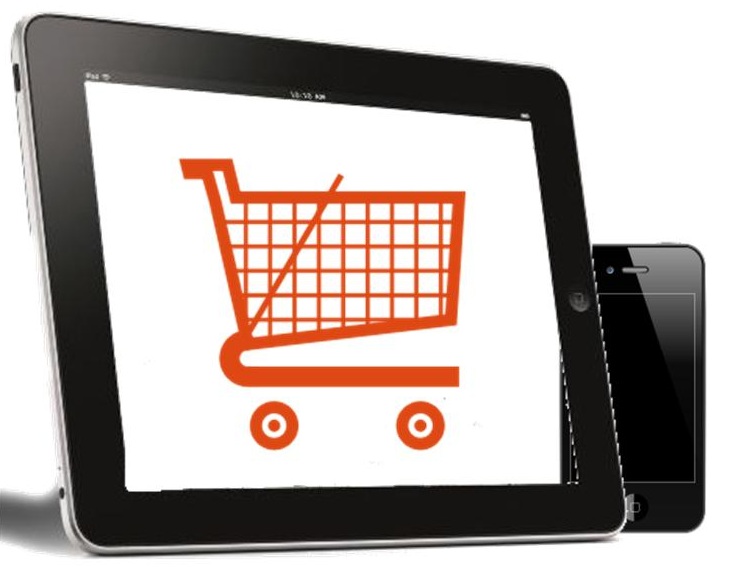Whether your company has an official policy on bringing your own device or not, employees are increasingly doing work on their own tablets, smartphones, laptops and personal computers. CIOs reported 28 percent of their employees were working on their own devices at least part of the time, According to a recent global survey reported by PWC. Gartner predicts that this number will rise up to 70 percent by 2018.
Security issues, data integrity, MDM (mobile device management) logistical problems, and compliance difficulties all arise from bring your own device. BYOD policies benefit from reducing technology overhead and learning curves, as well as increasing employee satisfaction since they’re using a device they prefer personally. The education sector in particular has been heavily promoting bring your own device, for both students and faculty. According to Ed Tech Magazine, 85 percent allow some form of BYOD. This allows the schools to expand the way students learn, although it does open up major security issues. One way to mitigate a number of the issues that come with this concept is through sandboxing.
What is Sandboxing?
A sandbox, in this context, refers to creating an isolated virtual environment on the smartphone. It doesn’t interact with the operating system, apps or data on the personal device. It limits access to system files and other device resources, making it harder for viruses and other malware to gain a foothold, according to TechHive. One of the leading forms of sandboxing in the mobile environment is Blackberry’s Enterprise Service, which handles mobile device management.
Blackberry Enterprise Service
Blackberry has always had a reputation for solid, enterprise level mobile technology that puts security concerns as the top priority. Blackberry Enterprise Service 10 is a powerful tool for a system administrator who is tired of pulling his hair out over unsecured personal smartphones connecting to company network resources. It supports Blackberry 10, Android and iOS platforms, so you can integrate pretty much anyone’s device who wants to use it on the network.
How it Works
All of the devices are managed through a central control panel, making the IT administrator’s job much easier, as the application is also capable of being run on a single server. The main feature of Blackberry Enterprise Service is the Secure Work Space. This is a sandboxed environment that can be controlled by the administrator to meet any government compliance policies and regulations. It also includes a firewalled connection, so you don’t have to put out any additional funds for a virtual private network to connect your mobile devices with. The Blackberry phone already has a sandboxing feature built in called Blackberry balance. It creates two distinct work spaces, one personal and one business. The work space side of the app is completely encrypted and secured to mitigate potential security issues.
If you’re going to allow or promote bring your own device policies in your workplace, you need to have mobile device management in place ahead of time. Otherwise, you’re going to come into work one way with everyone shouting about a massive customer data breach that’s tanked your stock numbers.
Have you used a form of sandboxing in your workplace before?

 Tablets are eclipsing smartphones in the realm of mobile commerce
Tablets are eclipsing smartphones in the realm of mobile commerce